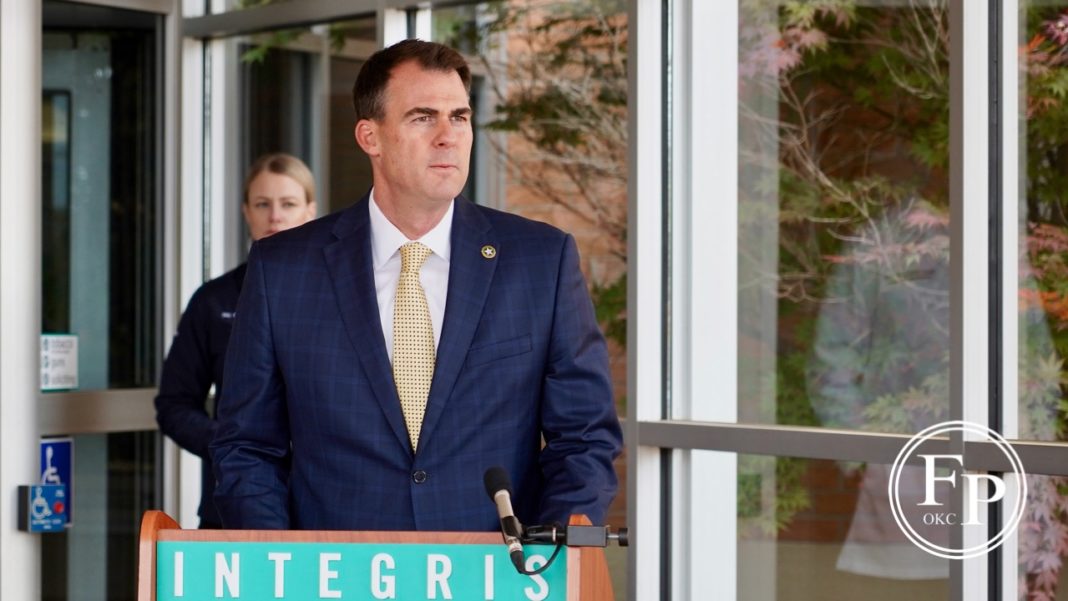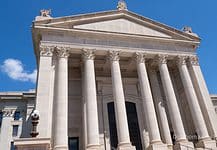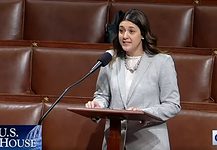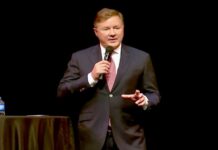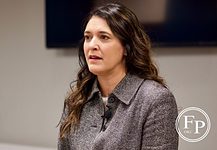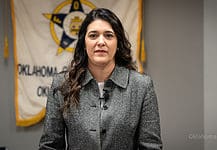Last Updated on April 22, 2020, 8:49 AM | Published: April 22, 2020
A month and a day after Gov. Kevin Stitt became a national symbol for laissez-faire governance in the COVID-19 era, the governor held a press conference touting a “data-driven” approach to studying hospital surges and eventually reopening Oklahoma businesses and services.
It is too bad his data is as incomplete as his actions to protect the people living in his state.
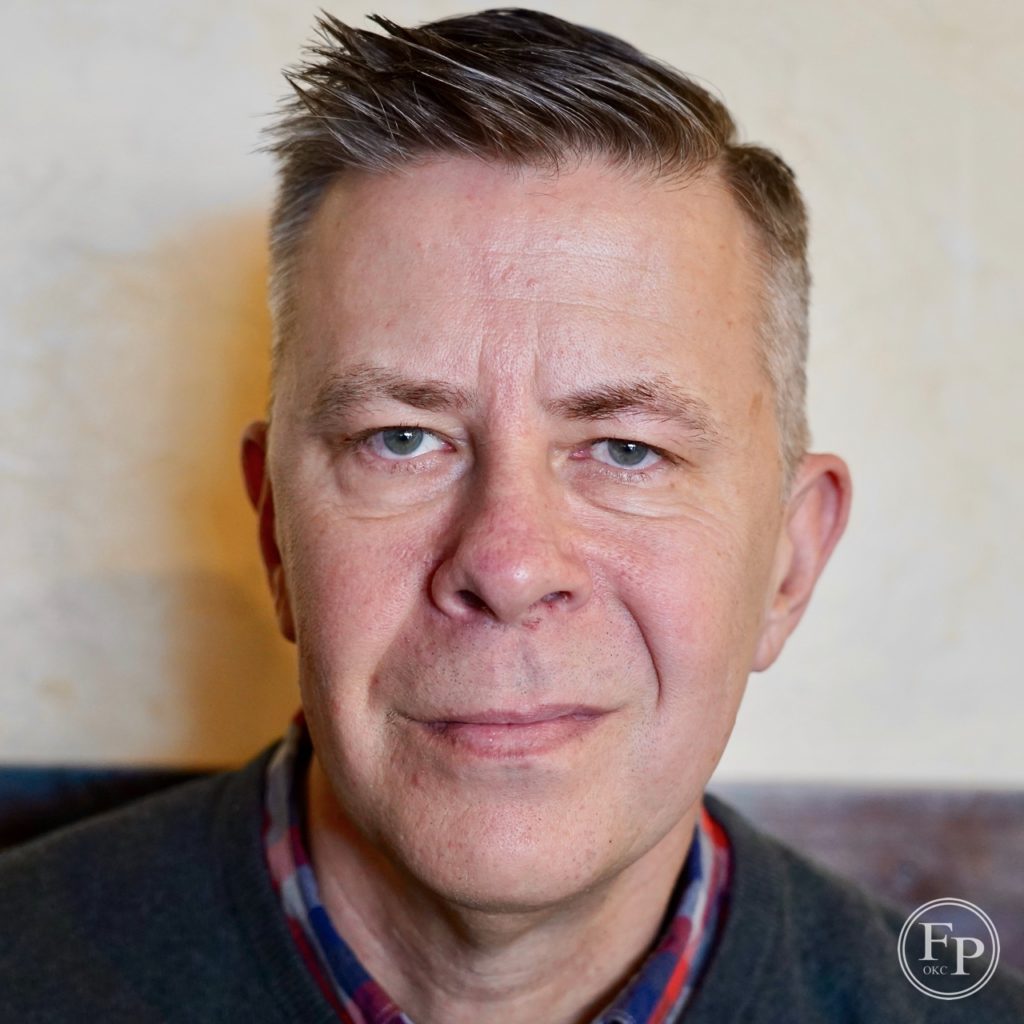
Anything “data-driven” sounds great coming from Stitt, especially after a month of ineffectual and wrong-headed leadership.
Three weeks before a press conference to discuss data suggesting that Oklahoma’s curve is flattening, Stitt declared a “statewide day of prayer” and hosted a non-inclusive Christian evangelical hour of power titled Let Hope Rise: Together in Prayer for Oklahoma, both of which were acts of hope rather than action and faith rather than knowledge.
So, it is great to hear Stitt tentatively embrace science, and we can always save discussions about Earth’s age for a later date.
Opinion
From George Lang, our lead opinion columnist
Unfortunately, as Free Press reported Monday, Stitt’s “data” regarding issues like hospital surges is based on a flawed statistical model from the University of Washington’s Institute for Health Metrics and Evaluation (IHME), which projects future hospital use increases based on global deaths from the disease. It does not factor in rates of transmission or epidemiological data on viral behavior.
Data scientists and epidemiologists look at the IHME model and wince because it has been 70 percent wrong in predicting hospital surges among states that have used it.
Why do they use it? Because the Trump Administration went data shopping and found the model that would push states to reopen businesses faster.
“The IHME data is the curve that we’re looking at,” said state science and innovation secretary Dr. Kayce Shrum at the press conference. “We’re also looking at our data. So, data here in the state is being looked at by epidemiologists at OU, OSU, and the state health department, but the curves, we’re also looking at the IHME model, which is what was recommended to us by President Trump.”
There are not enough sighs left in my body for that answer.
President Donald Trump is currently engaged in a campaign of mass confusion, muddying his daily Coronavirus Task Force press conferences with attacks on the press and political opponents while encouraging an “astroturfing” campaign against state governors who side with science over commerce in the effort to reopen public-facing businesses.
Trump’s attorney general is now considering action against governors who have taken to heart the recommendations of Dr. Anthony Fauci and the task force. At this point, Dr. Shrum should seek out better authorities than the president on this issue.
To be clear, Stitt would not be one of those governors targeted by U.S. attorney general Bill Barr.
On April 1, Stitt issued a non-binding and unenforced “safer at home” order rather than going with the shelter-in-place orders favored by 80 percent of U.S. governors.
This is because the values of large business owners in the state appear to hold sway over Stitt rather than concern over the health of Oklahomans, and this is the likely reason why Stitt and his team are leaning so heavily on the incomplete, Trump-approved IHME data model.
“As this COVID-19 virus has struck our state, it has literally disrupted every part of Oklahomans’ lives,” Stitt said during the Let Hope Rise: Together in Prayer for Oklahoma simulcast on March 26.
“It has affected the way we work. It has affected some people’s jobs. It has affected our schoolchildren and the way that we are educating our young people. Financially it’s affected us,” Stitt said. “But my message to Oklahomans tonight is that it is not going to last forever. We’re gonna get through this. We’re gonna get through it together, but we need hope. We need hope from our Heavenly Father.”
In his list of five ways Oklahomans had been affected by COVID-19 as of March 26, three were tied to commerce and were nearly indistinguishable from one another: “the way we work,” “some people’s jobs” and “financially.” The only other item was education.
But two categories of concern were notably missing: the sick and the dead.
At the time of the Let Hope Rise program, 164 people in Oklahoma had tested positive for coronavirus, a jump of 56 people over the previous day. Also at that time, six people had died from the virus. But those two groups of people did not get mentioned by Stitt.
Nearly one month later, Stitt is pushing flawed data to justify loosening his already loose restrictions on public interaction at a time when numbers continue to climb.
As of April 21, Oklahoma has reported 2,807 cases of coronavirus and 164 people have died, but by the end of this week, Stitt will allow elective surgeries to go forward in Oklahoma, so yay rhinoplasty!
Epidemiologists warn of early reopening and the general public is wary of a quick dash toward normalizing public gatherings.
According to a Pew Research Center poll published April 16, 66 percent of respondents said they were worried about their state government reopening too soon, while 32 percent were concerned that their states would wait too long.
In Oklahoma, concern is warranted. Stitt is angling for restaurants, barbershops, and museums to open soon. I miss all of those aspects of normal life, but I am unwilling to risk my health or my family’s health to engage in those entirely optional activities.
All 50 state governors want to reopen their economies, and because of Oklahoma’s economic reliance on oil and gas, Oklahomans want all 50 states reopened so the price of oil will rise again. But it should not be done at the expense of lives.
All credible epidemiological sources say that a new spike in cases is likely if people in a given area reduce social distancing. Stitt should look to those credible sources instead of his deeply flawed, data-shopped current model.
George Lang has worked as an award-winning professional journalist in Oklahoma City for over 25 years and is the professional opinion columnist for Free Press. His work has been published in a number of local publications covering a wide range of subjects including politics, media, entertainment and others. George lives in Oklahoma City with his wife and son.
